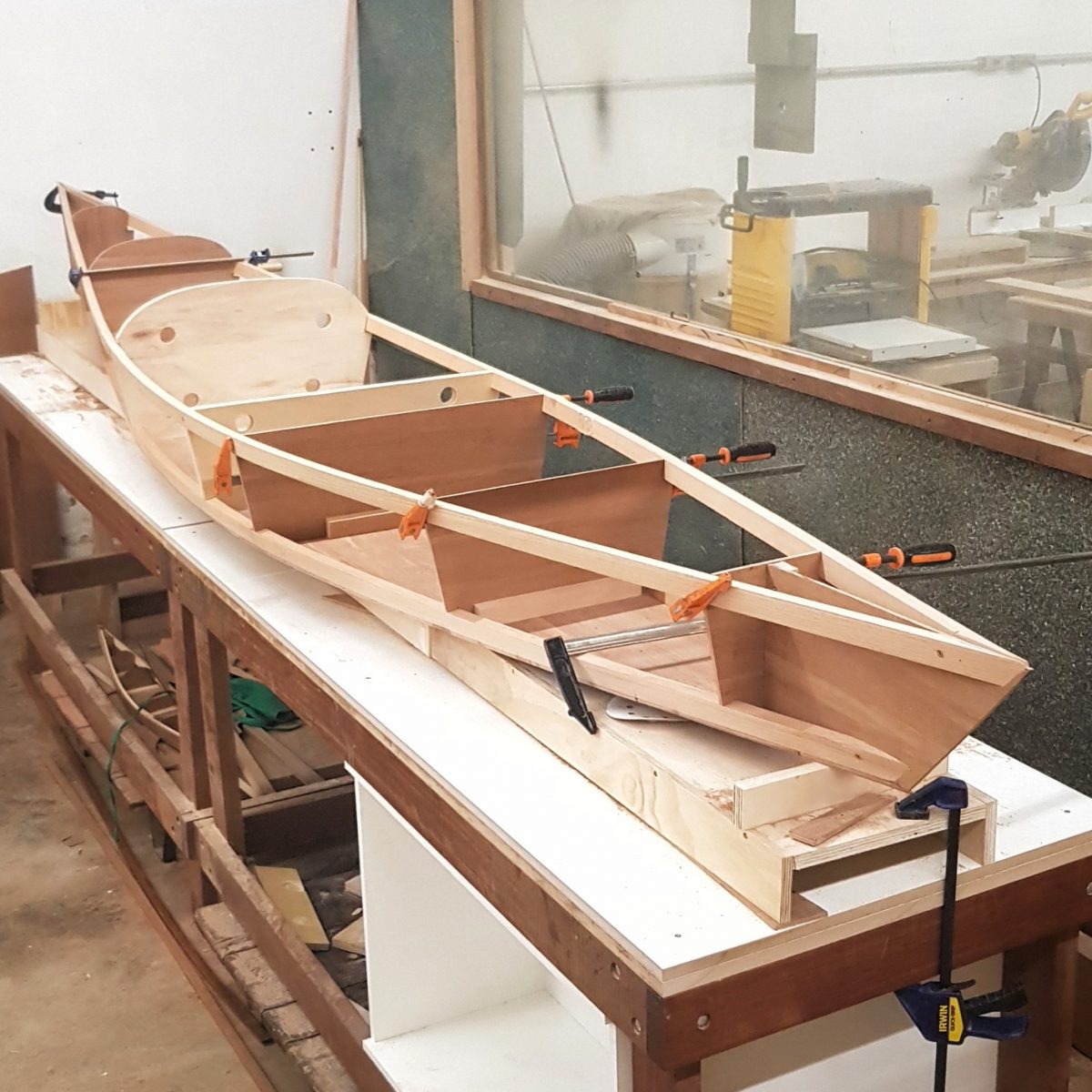
Wooden Canoe Plans: Easy DIY Ideas for Beginners
Crafting a wooden canoe from scratch is an ambitious project, but it's an immensely rewarding journey. The act of building your own canoe allows you to connect with a rich history of craftsmanship and provides a sense of accomplishment unlike any other. It's a journey that begins with choosing the right plans and learning the fundamentals of woodworking.
This article delves into some easy DIY canoe plans perfect for beginners. We'll explore different styles, materials, and techniques, giving you a solid foundation to embark on your own canoe building adventure. So, gather your tools, grab some wood, and let's dive into the world of canoe building!
Choosing the Right Plans
Before you even touch a saw, choosing the right canoe plans is crucial. There are numerous resources available, each offering a different approach to canoe construction. Let's break down some key factors to consider:
Skill Level
Think about your woodworking experience. Are you a seasoned craftsman or a complete beginner? Start with plans that are appropriate for your skill level. There are simple designs like the "stitch and glue" method that use pre-cut kits and minimal woodworking, while more intricate plans involve traditional techniques and require greater expertise.
Canoe Type
The type of canoe you envision will heavily influence your plan selection. Do you dream of gliding through tranquil lakes or conquering challenging whitewater rapids? There are plans for classic canoes, lightweight touring canoes, and even specialized fishing canoes. Consider your desired usage and choose plans that align with your goals.
Material
The material choice is significant. Cedar is a popular and relatively affordable choice, known for its lightweight nature and resistance to rot. Other options include mahogany, spruce, and even plywood. Consider the properties of each material and choose one that aligns with your budget and aesthetic preferences.
Easy DIY Canoe Plans
Here are some beginner-friendly canoe plans that offer a great starting point for your woodworking journey:
The Stitch and Glue Canoe
This method offers a simplified approach to canoe building. You typically work with pre-cut strips of wood that are joined together using a special adhesive and stitching technique. The stitching provides initial support while the glue dries, eliminating the need for complex joinery. This technique is great for beginners as it requires minimal woodworking expertise and offers a faster build time.
The Strip-Plank Canoe
This method involves using thin strips of wood that are carefully glued and clamped together over a series of ribs to form the canoe's hull. It's a bit more involved than the stitch and glue method but still manageable for beginners. The strip-plank method allows for greater customization and is ideal for creating a canoe with a more traditional look.
The Simple "Clam-Shell" Canoe
This method offers a minimalist approach with a unique construction technique. The canoe is built using two large panels that are shaped and then joined together to form the hull. This is a good option for beginners as it simplifies the shaping process and requires fewer intricate joinery skills.
Essential Tools and Materials
Before embarking on your canoe building journey, ensure you have the necessary tools and materials. Here is a basic list to get you started:
- Hand saws
- Power saw (optional)
- Clamps
- Sandpaper
- Screwdrivers
- Wood glue
- Epoxy resin (for sealing)
- Wood filler
- Paint or varnish
- Canoe plans (hardcopy or digital)
- Safety gear (eye protection, gloves, etc.)
Getting Started
Once you have your plans and materials, it's time to dive into the exciting world of canoe building. Here's a basic roadmap to guide you:
- Study the plans thoroughly. Understand every step and component of the design.
- Prepare the wood. Cut, shape, and sand the wood according to the plans. Be precise and pay attention to details.
- Build the frame. Construct the skeleton of the canoe, using the ribs and stringers as outlined in the plans. Ensure the frame is strong and aligned.
- Attach the planking. Carefully glue and clamp the planking to the frame, following the plans' instructions meticulously.
- Shape and fair the hull. Use sandpaper, scrapers, and other tools to create a smooth and fair hull. This step requires patience and attention to detail.
- Seal the hull. Apply epoxy resin to the interior and exterior of the hull to provide waterproofing and protection.
- Add finishing touches. Apply paint, varnish, or other desired finishes to enhance the look and protect the wood. This step allows for your personal touch.
Remember, there are countless resources available to guide you through every step of the process. Join online forums, consult experienced canoe builders, and watch tutorials to learn from experts and gather valuable tips. Embrace the journey, and soon you'll be paddling your own handcrafted canoe across tranquil waters!








No comments:
Post a Comment
Note: Only a member of this blog may post a comment.